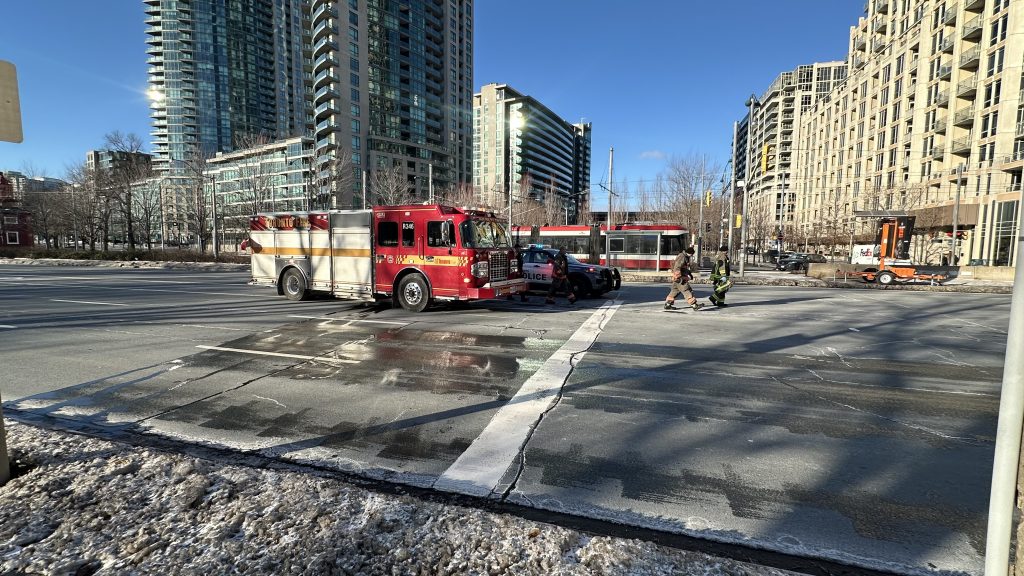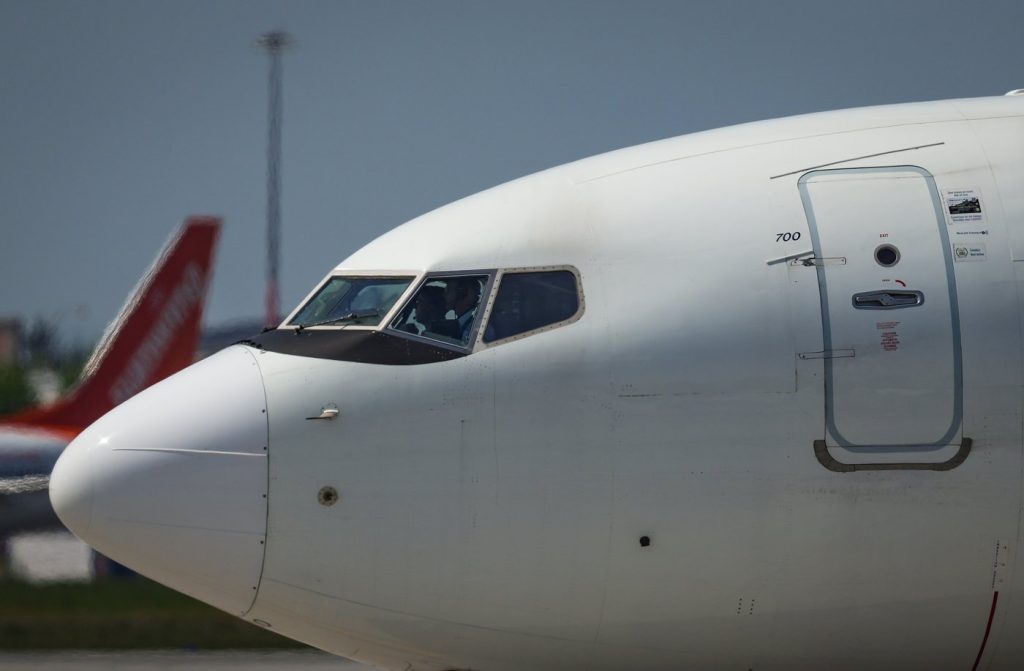Coronavirus quarantine: what happens when you return from travelling?
Posted March 26, 2020 5:49 pm.
Last Updated March 26, 2020 7:06 pm.
This article is more than 5 years old.
The federal government invoked the Quarantine Act early Wednesday, in a significant bid to stem the spread of coronavirus in Canada.
The order means that it is no longer simply a suggestion that travellers returning to the country self-isolate for 14 days — it is now required by law.
On Thursday, Chief Public Health Officer, Dr. Theresa Tam, and Deputy Chief Public Health Officer, Dr. Howard Njoo explained what happens when travellers return to the country, how they are assessed and how the quarantine order will be enforced.
Assessment, self-isolation and quarantine
When travellers return to Canada either at an airport or at a border crossing, they are assessed for symptoms of COVID-19 and immediately ordered to self-isolate for 14 days.
The next steps depend on whether or not an individual is displaying symptoms of COVID-19.
Returning travellers who show symptoms
- Returning travellers who show severe symptoms of COVID-19 and need immediate medical care are taken to a hospital.
- Those who show severe symptoms but do not require hospitalization are transported in special medical transport vehicles to a federal quarantine facility right away. They must remain in the facility until they are deemed safe to travel onward to their final destination.
- Those who show mild symptoms and have a private vehicle in which to return home are asked to do so immediately without stopping along the way – no grocery stores, no pharmacies, no stops whatsoever.
- In some cases, symptomatic people may be transported home in medical transport vehicles if possible and appropriate, depending on the severity of their health condition and where they live.
- Risk-assessment is also taken into account when allowing travellers to return home. For example, if a person lives with an older individual or someone who has underlying health conditions, they will be housed separately to reduce the risk to those who are immunocompromised.
Returning travellers who do not show symptoms
- Returning travellers who do not show any symptoms of COVID-19 are asked to return to their place of residence in Canada as soon as possible, without stopping for any reason on the way and then self-isolate for 14 days. If they have to catch a flight, bus or train onward, they are asked to self-isolate as soon as they reach their final destination.
- They are provided with a pamphlet that contains the quarantine order as well as the consequences and penalties that they may be subject to if they violate the order. They are also provided with a mask and instructed to wear the mask should they start to feel ill on their way home.
Enforcement
Dr. Tam said enforcement of the quarantine order is a coordinated effort between federal authorities and local public health units.
Contact information is acquired from all passengers for follow up and Tam says they “make sure that [they] have a seamless process with local health authorities.”
Symptomatic travellers who are placed in federal quarantine facilities are monitored by medical staff and authorities and must remain at the facility till they recover or are deemed safe to travel.
For travellers who show mild or no symptoms and are allowed to go home — local public health units will be engaged to follow up with them.
Local authorities will attempt to ensure travellers are self-isolating once they return home by:
- conducting random checks including home visits and phone calls
- imposing hefty penalties and fines for violation of the self-isolation order
- engaging peace officers to enforce the order if absolutely necessary
However, Dr. Tam said these are deterrents and ideally, they will not have to use any drastic enforcement methods.
“Overall Canadians are very collaborative,” she said. “This Quarantine Act is to layer on an additional message about the seriousness of self-isolation for people who’ve come back from overseas.”








